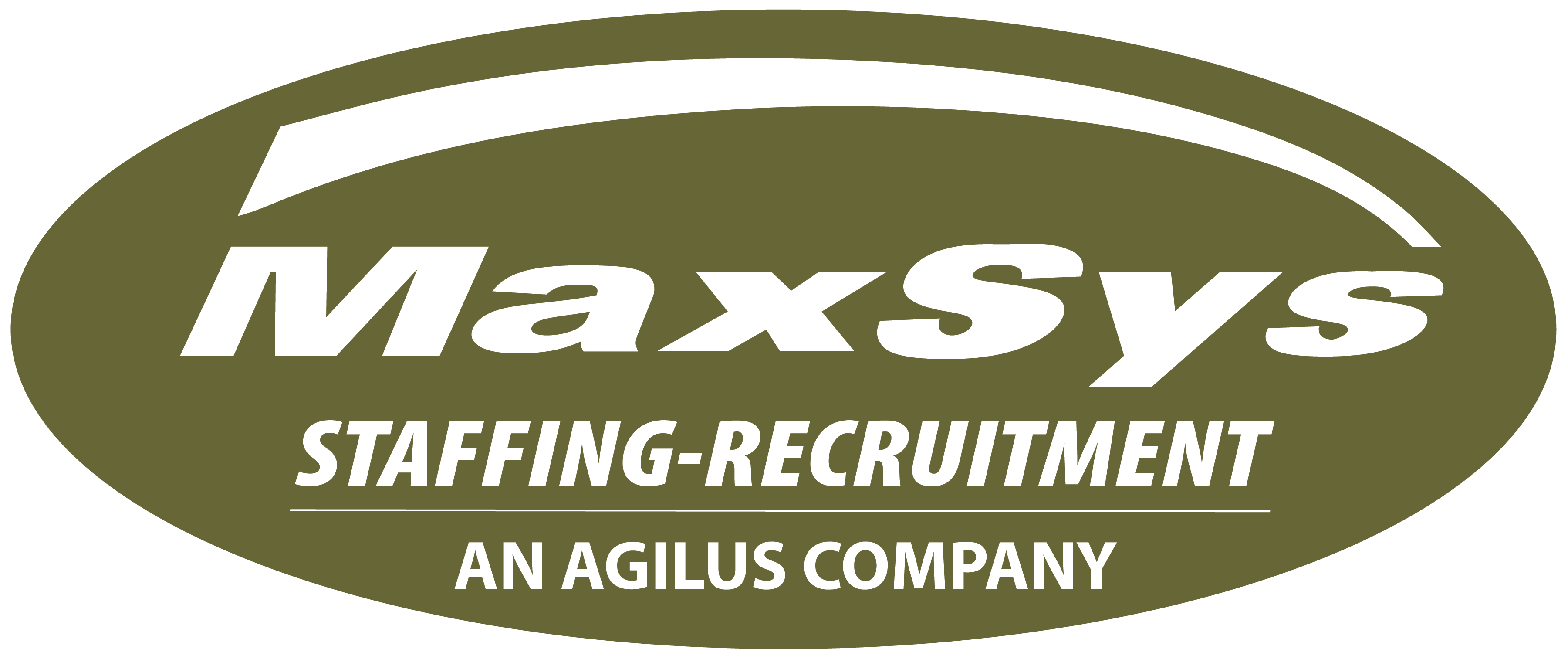March 3, 2020
Operational Excellence is a Mindset
The concept of operational excellence effectively started in the manufacturing industry with concepts like Lean and Six Sigma and the Toyota Production System. A challenge is that we have become so heavily reliant upon these methodologies that we sometimes forget to use good judgment and common sense.
Operational excellence is a mindset, not a methodology. It is the relentless pursuit of finding ways to improve performance and profitability. It is finding money and performance boosts in areas that organizations don’t normally look.
The future of operational excellence is not in words like productivity, efficiency, and standardization. It will be in concepts like growth, innovation, and customization. The world is more connected and fast-paced than it has ever been, and industries need to keep pace.
When I work with clients companies, there are some characteristics that the most successful ones have:
- Seamless integration between the various elements of the supply chain. Products and services can be tracked all the way from the raw material stage until they are in the hands of the end customer, and the fewest number of people possible touches the products as it moves along the chain.
- Sales, marketing, and research and development are closely linked to the production and services process. This ensures alignment between what is being developed, what is being produced or serviced and sold to customers.
- Formal management of the innovation and launch processes. Products and services are launched on time, with the involvement of all the appropriate departments in the organization, and there is a formal way to manage new ideas and get them implemented for the greatest impact.
- Collaboration with customers and suppliers to improve results. This means that business partners share strategic direction and help each other achieve it. It also includes the sharing of data and demand forecasts to optimize.
- People who are cross-trained in various roles. The aim here is to minimize downtime and ensure that organizations are constantly developing key people. This strategy becomes most effective when the right people are hired in the first place.
One of the biggest opportunities I see with organizations is to ensure operations are able to keep up with sales. Too often I see organizations focus on ways to increase sales, attract new customers, and enter new markets, but then become overwhelmed in trying to meet all of the new demand that has been generated for their products.
What are you doing to ensure that your supply equals demand without sacrificing the quality of what you offer?
HR Magazine, Forbes, Wikipedia



